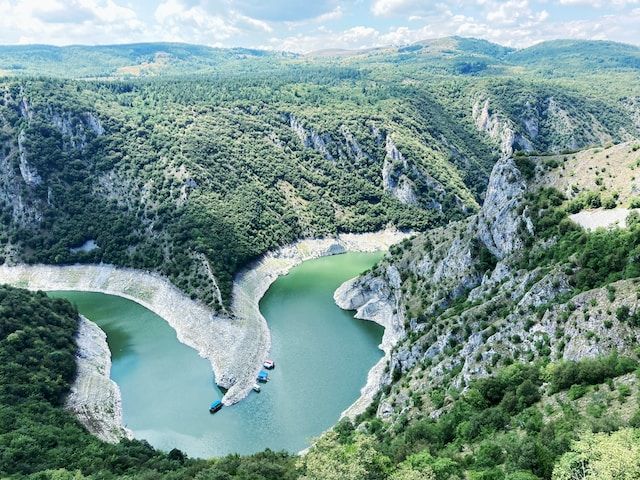Program of Belgrade Open School for energy, climate and environment published a brief analysis entitled “Development potentials of protected areas in the municipality of Sjenica and impacts of energy facilities on protected areas - a case of Štavalj.”
Region of southwestern Serbia become attractive for investments in energy projects. This change raises the question of the impact of these projects on protected areas, agriculture and tourism development and sustainable development of local communities. Sustainable agriculture and tourism have been identified as key development potentials of the area of southwestern Serbia. Protected natural area, in addition to its primary function of protecting and preserving the environment, provides potential for development of sustainable tourism, and incentives for the economic development of the region.
When it comes to Sjenica, developed agriculture and tourism offers are, in fact, basic development potential. Vision of Sjenica is, according to the Strategy of local sustainable development, "a clean municipality with high environmental awareness, with resolved issue regarding waste, with rational use of natural resources and Pester, with rich plant and animal biodiversity and preserved natural resources."
The purpose of this document is to highlight the value and importance of protected areas for the development of the region and the municipality of Sjenica, as well as to point out the potential risks of accelerated exploitation of energy resources. In the document, particular attention is dedicated to the construction of thermal power plant "Štavalj" and potential negative impacts of that project on the protected property and the environment. We strive to initiate and enable public debate on the risks posed by this project to the municipality of Sjenica and the region, bearing in mind the importance of natural resources for sustainable development. We believe that the question -at what point the preservation of natural resources becomes a natural and necessary limits of economic growth -we have to solve with the active participation of the public, by defining public interest, and by taking into account the opinion of experts and the needs of local communities. In this way, launching a debate on the future of the region based on low-carbon economy and local communities that are not dependent on intensive exploitation of fossil fuels.
Serbian version of analisys can be found here
Photo source: Unsplash

